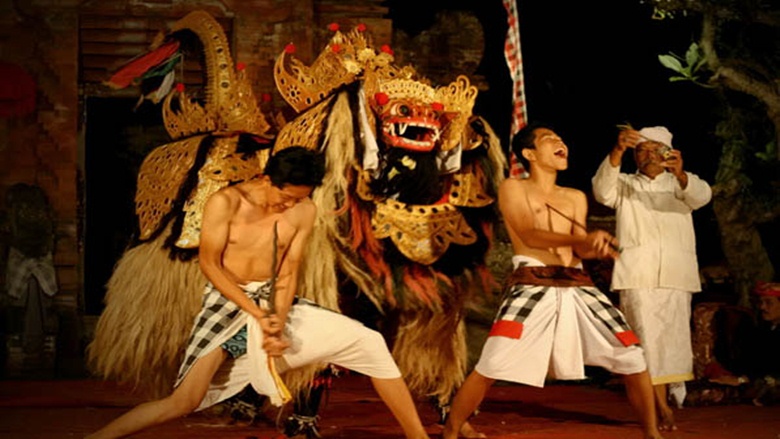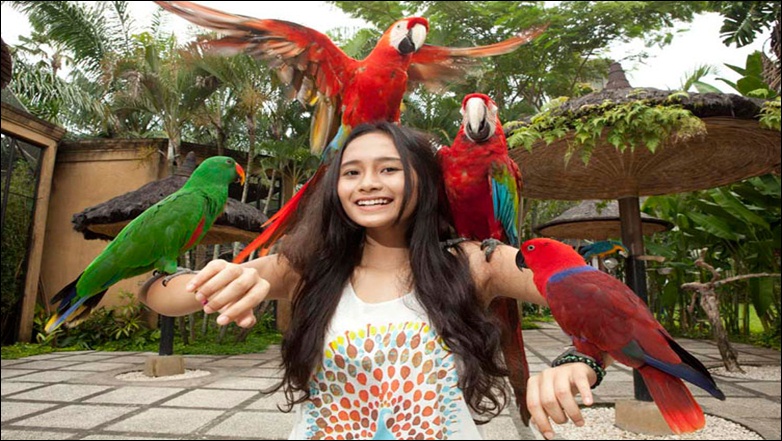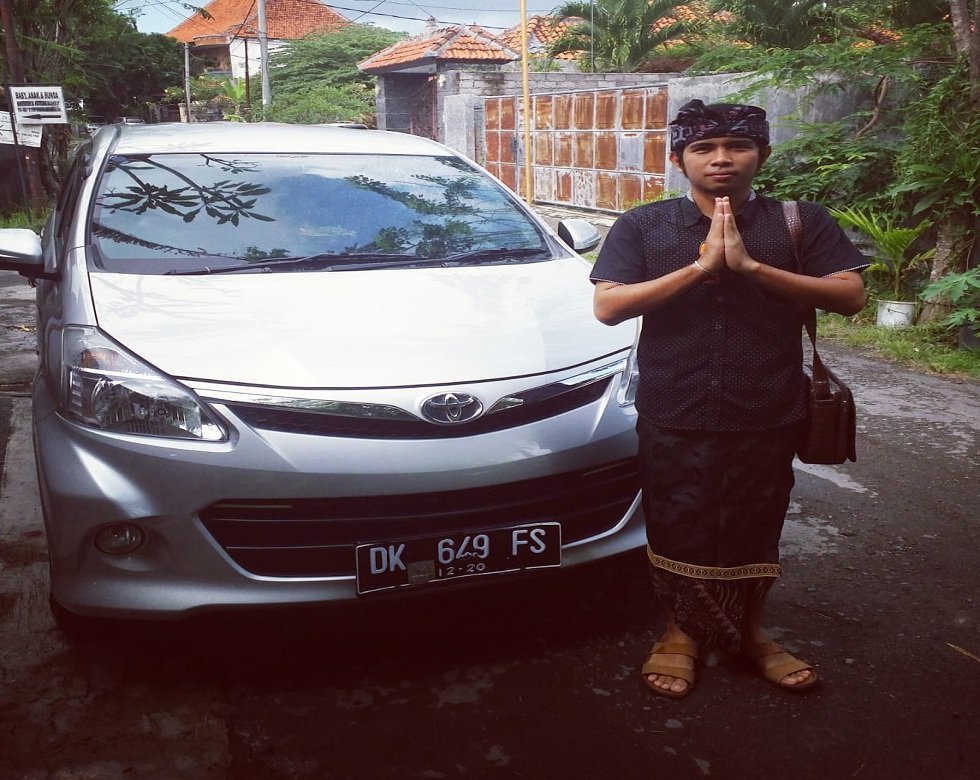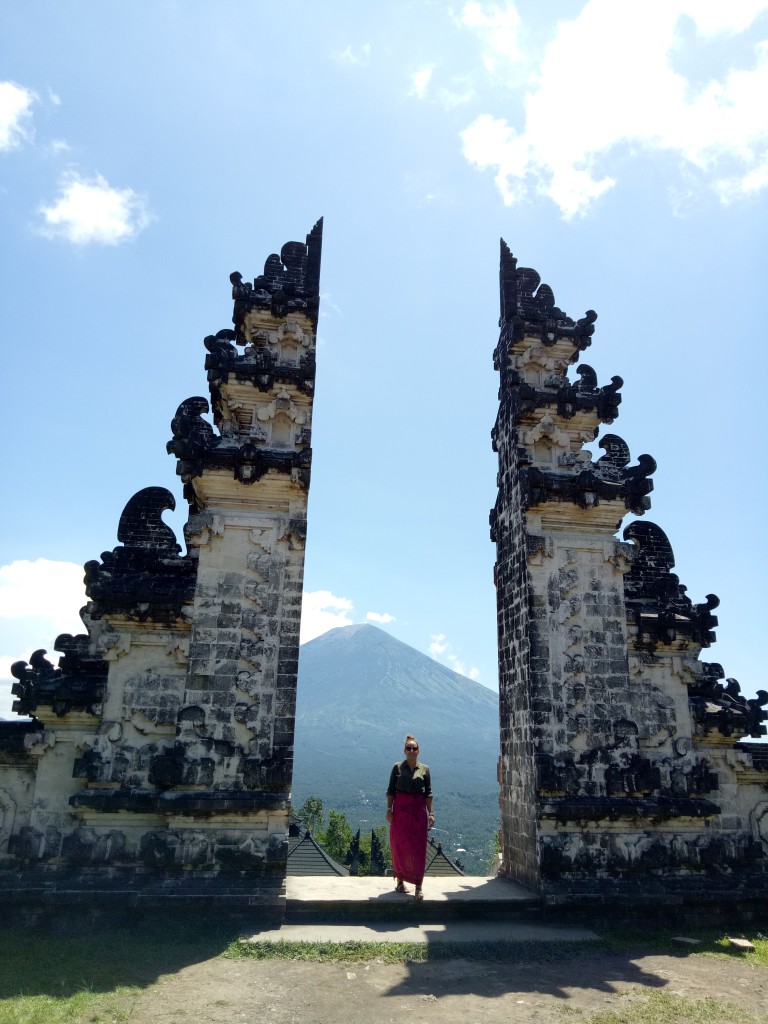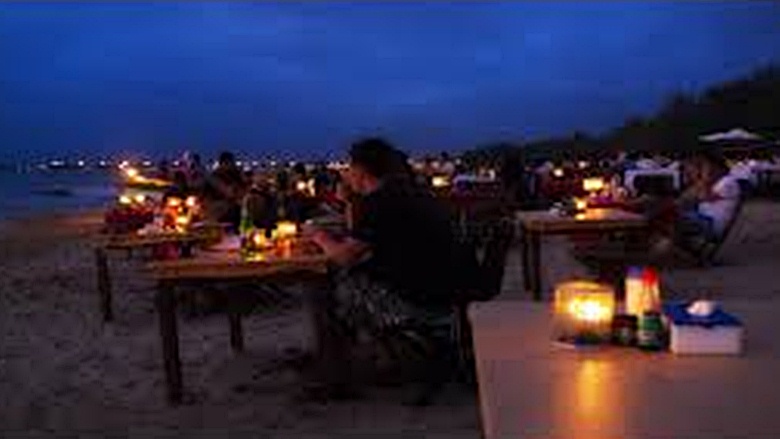Traditional Barong and Keris Dance in Batubulan Village
TRADITIONAL BARONG AND KERIS DANCE IN BATUBULAN VILLAGE.
Batubulan is one of the village in Gianyar regency. Located just 20 minutes from the capital city of Denpasar. In this village where the dance will ferformed by balinesse dancers and takes 1 hour ferformance.Barong is a character in the mythology of Bali. He is the leader of the hosts of good, king of the spirits and enemy of Rangda. Banas Pati Rajah is the fourth "brother" or spirit child that accompanies a child throughout life. Banas Pati Rajah is the spirit which animates Barong. He is often represented by a lion, and traditional performances against Rangda are popular parts of Balinese culture.
Barong is the magical protector of Balinese villages. Lord of the forest with fantastic fanged mask and long mane, he is the enemy of Rangda the witch, who rules the spirits of darkness, in the never ending fight between good and evil. During the Galungan Kuningan festivals, the Barong (there are some types, including barong macan, barong ket, and barong bangkal) wanders from door to door (ngelawang) cleansing the territory of evil influences.
STORY OF BARONG AND KERIS DANCE.
The story between Barong and Rangda fight is also the topic of traditional narratives, it is performed in the temple of the dead. The very famous is the story of Calonarang, a widow from Jirah who is furious because she cannot find a suitable husband for her daughter Ratna Manggali. Because of her black magic,all the young men scared.The king, Erlangga, tried to curse her, but he failed with all of his attempts. All soldiers that sent to kill her were killed. Then Rangda decides to destroy Daha. She summons all her disciples and in the still of night they go to the Setra Gendrainayu cemetery, to present offerings of dead flesh to Durga, the goddess of death. Durga agrees to the destruction, although she warns the witch not to enter the city of Daha. But the witch does not heed Durga’s advice and the kingdom is soon hit by grubug (a plague) and the villages quickly become cemeteries.The only person who can defeat the witch is Mpu Bharadah. The king gives a request, Bharadah sends his disciple Bahula to steal the magic weapon of calonarang. Bahula pretends to ask Ratna Manggali to merry him, and Bahula steals the magic weapon with the help of Ratna Manggali while the witch is away. Then he gives the weapon to his teacher Bharadah. The weapon turns out to be a manuscript containing the key to release (mokswhich has been used upside-down by Calonarang. Bharadah goes to Daha to face the witch. With Barong’s help, she is defeated, she asks to be released from her curse and purified before being killed.
This story goes to Rangda, because she practiced black magic, the mother of Erlangga, the King of Bali in the tenth century, was condemned by Erlangga’s father. She summoned all the evil spirits in the jungle, the leaks and the demons, to come after Erlangga After she became a widow. A fight occurred. They were too strong, Erlangga had to ask for the help of Barong. Then Barong came with Erlangga’s soldiers, and fight ensued. Rangda casted a spell and made Erlangga soldiers wanted to kill themselves, pointing their keris to their own stomachs and chests. Then Barong casted a spell that turned their body resistant to the sharp keris. At the end of the story, Barong won, and Rangda ran away.
If Rangda’s spell is too strong, somebody can die or get seriously injured in a Barong dance. A weak soldier may not be able to resist it. He may end up hurting himself with his own keris. The masks of Barong and Rangda are considered sacred items, and before they are brought out, a priest must be present to offer blessings by sprinkling them with holy water taken from Mount Agung, and offerings must be presented.
BARONG AND KERIS DANCE ENTRANCE FEE.
Barong is probably the most famous dance. It is also another story telling dance, narrating the fight between good and evil. This dance is the classic example of Balinese way of acting out mythology, resulting in myth and history being blended into one reality. And to see this dance, they have the entrance ticket about 100.000 Rupiah. And the performance will take one hour long. After this dance we will continue to Celuk village to see gold and silver smith.

